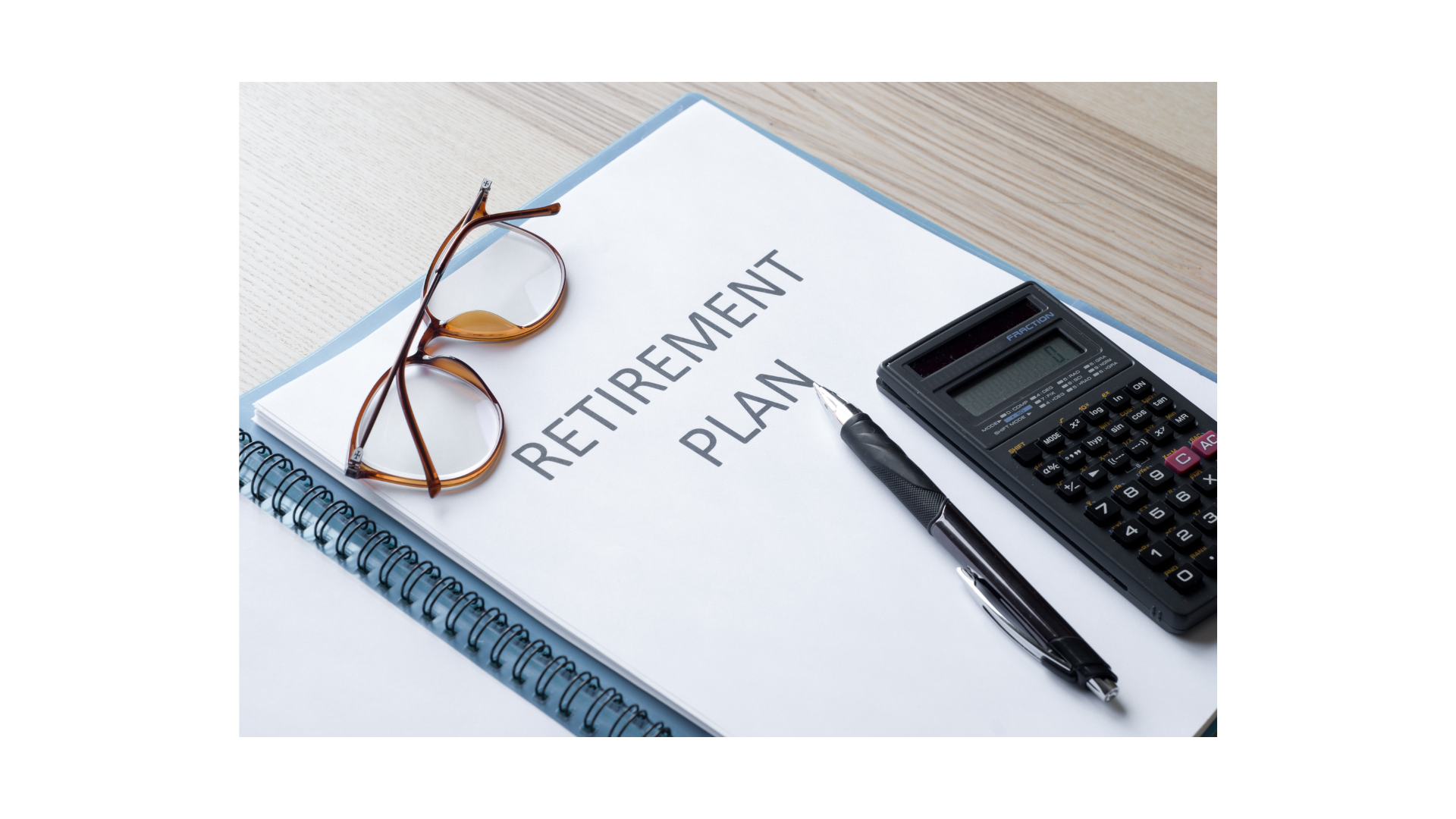A Window Into Wellness
A recent survey sheds light on the state of financial wellness since the pandemic.
According to the TIAA 2022 Financial Wellness Survey, Americans currently define financial wellness as simply feeling comfortable with their financial situation. Over 50% believe wellness is defined as having the means to take care of family, not worrying about money or debt, and feeling protected financially from life’s unexpected events. In fact, 51% of Americans are now more aware of their overall financial wellness since the pandemic.
Over the past two years:
- Thirty-seven percent say their financial wellness increased
- Forty-two percent say it stayed the same
- Twenty-one percent say it decreased
However, when it comes to actually achieving overall financial wellness during the pandemic, many people still feel challenged in a number of ways including:
- While 7 in 10 people say they have a budget, only 25% of them actually follow it
- Six in ten people report some or a great deal of stress regarding their finances
- Only 38% have a written financial plan; only 16% have one created by a professional
- Seventy-eight percent say they have an emergency fund; less than half say they can cover six months of expenses.
It’s probably no surprise that workers who have participated in a financial wellness program are twice as likely to have a high financial wellness rating than those who are not offered resources or who do not participate (32% vs. 15%). The survey indicates that higher financial wellness ratings can translate into improved engagement with their retirement plan.
Implications for improving retirement outcomes
Ninety-two percent of those with high financial wellness scores report understanding their retirement plan extremely or very well. Conversely, 39% with low financial wellness scores report understanding their plan extremely or very well.
Of those employees who have participated in a financial wellness program:
- Fifty-four percent are confident they will retire when they want
- Fifty-four percent are confident they will afford the retirement lifestyle they want
- Fifty percent are confident they will not run out of money.
In addition, people with higher financial wellness scores are willing to put more money toward retirement. If given an additional $200 a month, nonretired Americans would put an average of 60% toward their retirement savings. This increases to 71% among those who rate their financial wellness higher (vs. 45% of those with low financial wellness). Those with higher financial wellness are also already more likely to have retirement savings and to be contributing to an employer retirement plan.
The TIAA “Financial Wellness Survey” was conducted online from October 22 to November 3, 2021, surveying 3,008 Americans ages 18 and older on a broad range of financial management issues and topics. It can be viewed at: https://tinyurl.com/5e2vpvbm.
For plan sponsor use only, not for use with participants or the general public. This information is not intended as authoritative guidance or tax or legal advice. You should consult with your attorney or tax advisor for guidance on your specific situation.
Kmotion, Inc., 412 Beavercreek Road, Suite 611, Oregon City, OR 97045; www.kmotion.com
©2022 Kmotion, Inc. This newsletter is a publication of Kmotion, Inc., whose role is solely that of publisher. The articles and opinions in this publication are for general information only and are not intended to provide tax or legal advice or recommendations for any particular situation or type of retirement plan. Nothing in this publication should be construed as legal or tax guidance; nor as the sole authority on any regulation, law or ruling as it applies to a specific plan or situation. Plan sponsors should consult the plan’s legal counsel or tax advisor for advice regarding plan-specific issues.


Iowa
4200 University Avenue, Suite 200
West Des Moines, IA 50266
800-677-1529
Securities offered through LPL Financial, Member FINRA/SIPC. Investment advisory services offered through Global Retirement Partners, LLC dba AssuredPartners Financial Advisors, an SEC registered investment advisor. AssuredPartners Financial Advisors and LPL Financial are separate non-affiliated entities.
GRP Advisor Alliance is an independent network of retirement plan focused advisors. GRP Advisor Alliance is not affiliated with or endorsed by LPL Financial.
The financial professionals associated with LPL Financial may discuss and/or transact business only with residents of the states in which they are properly registered or licensed. No offers may be made or accepted from any resident of any other state.









